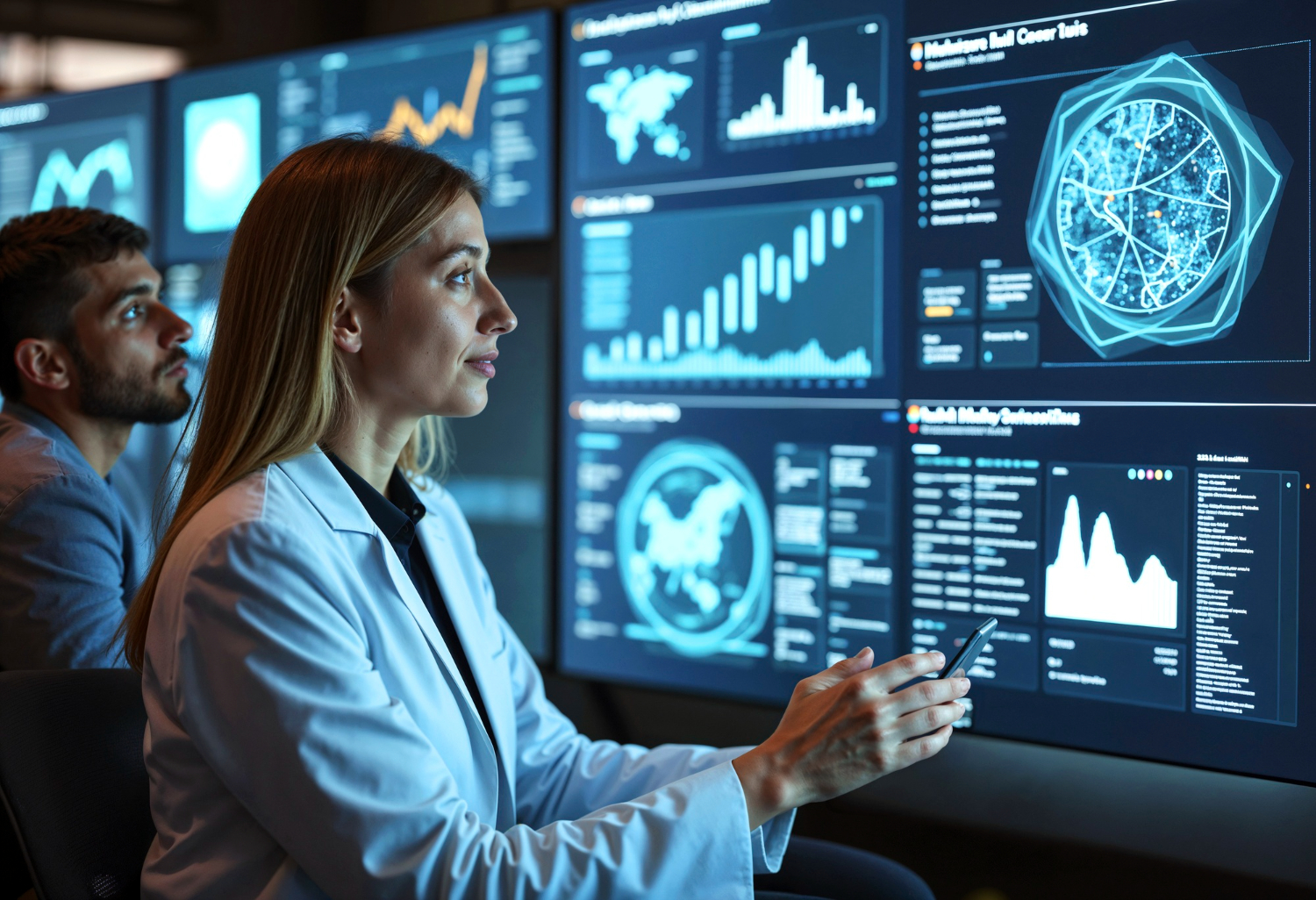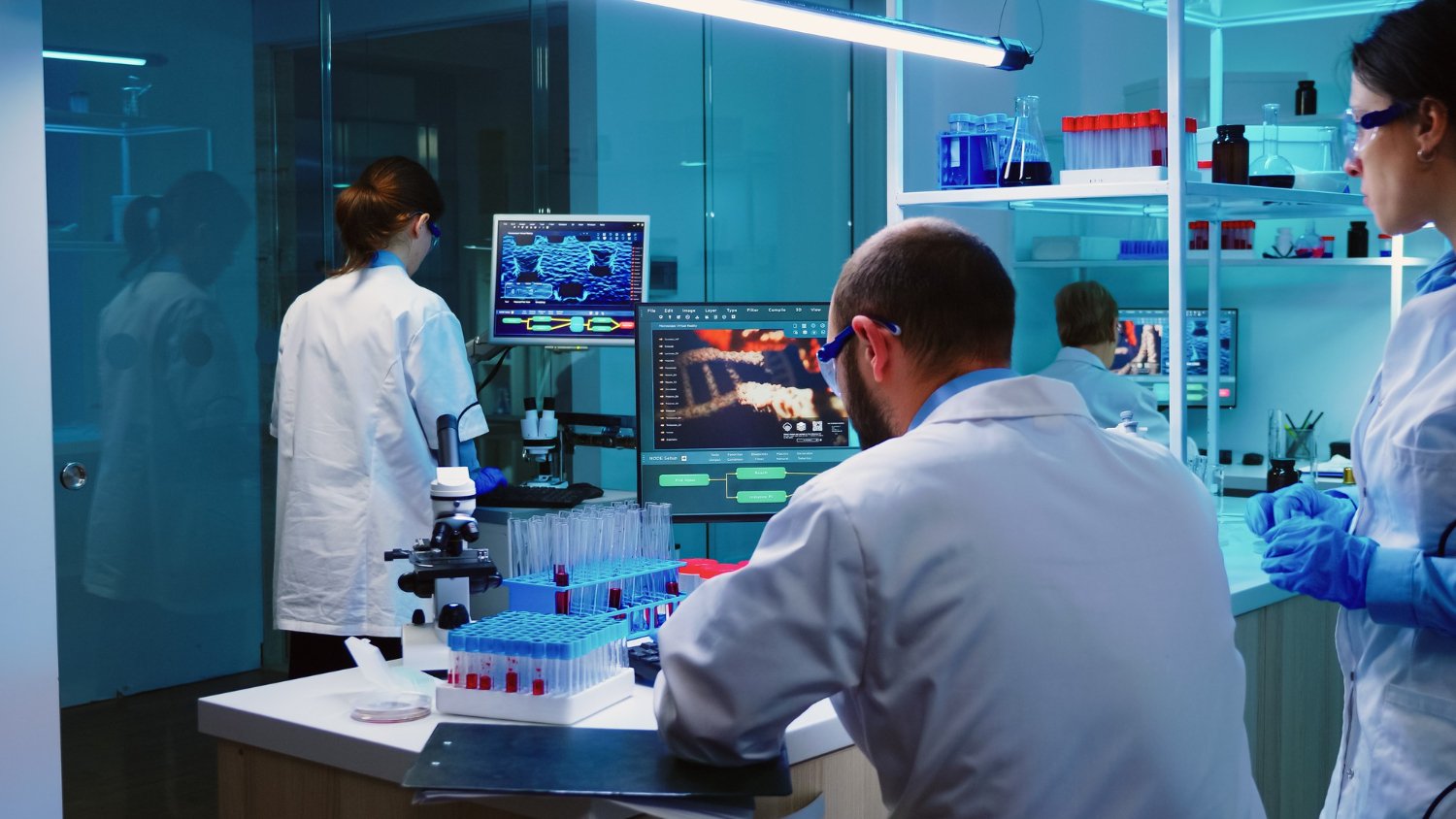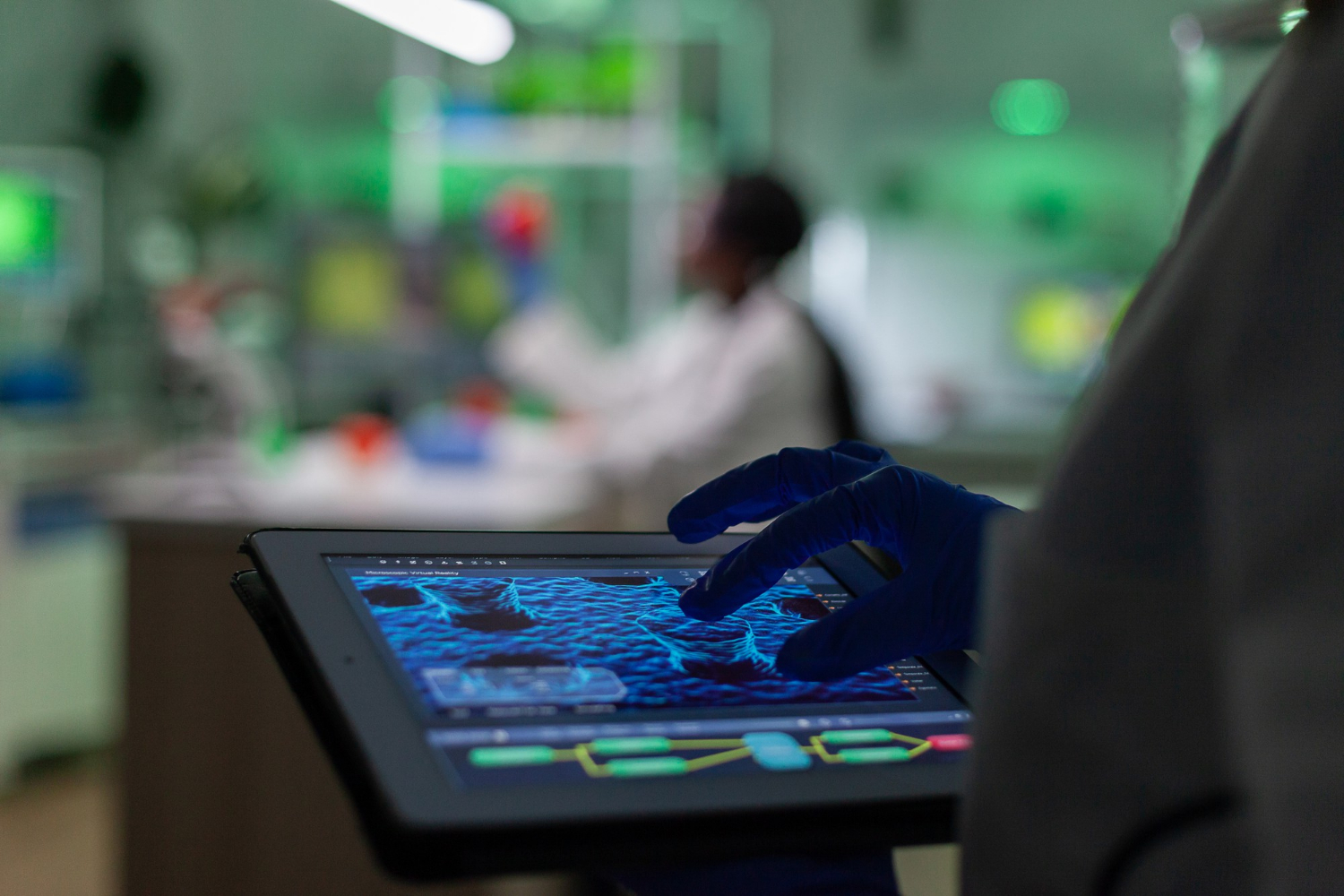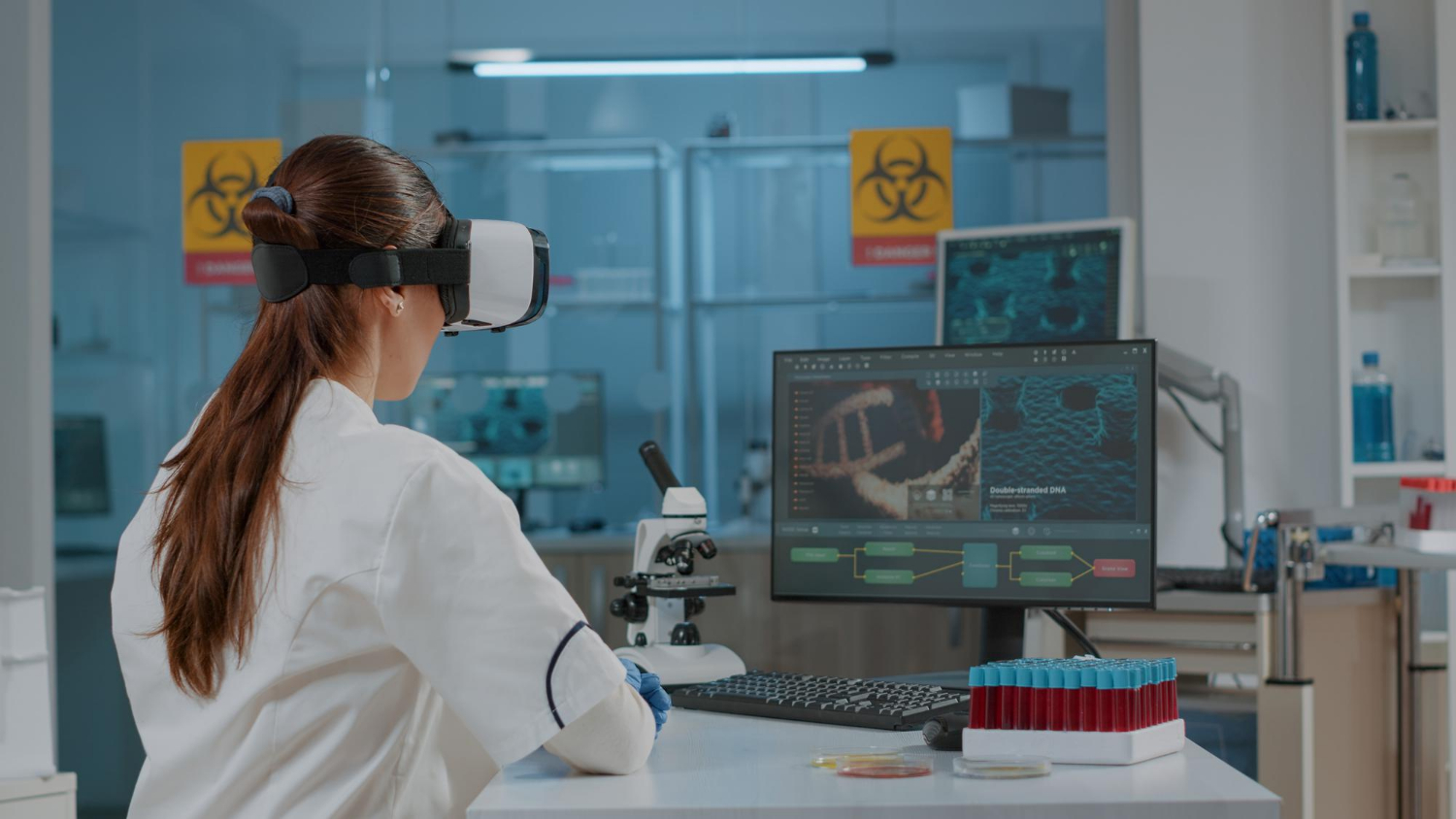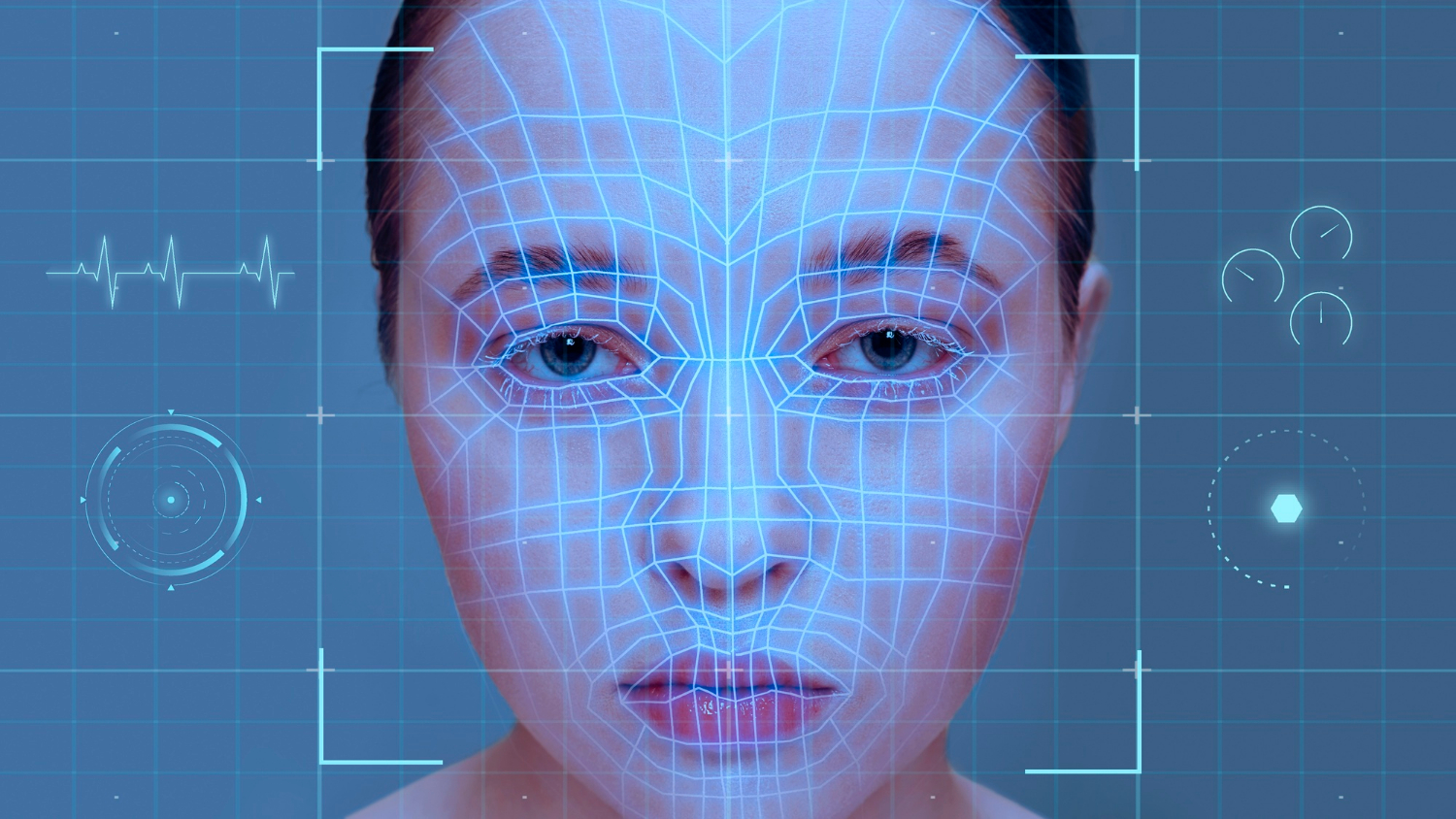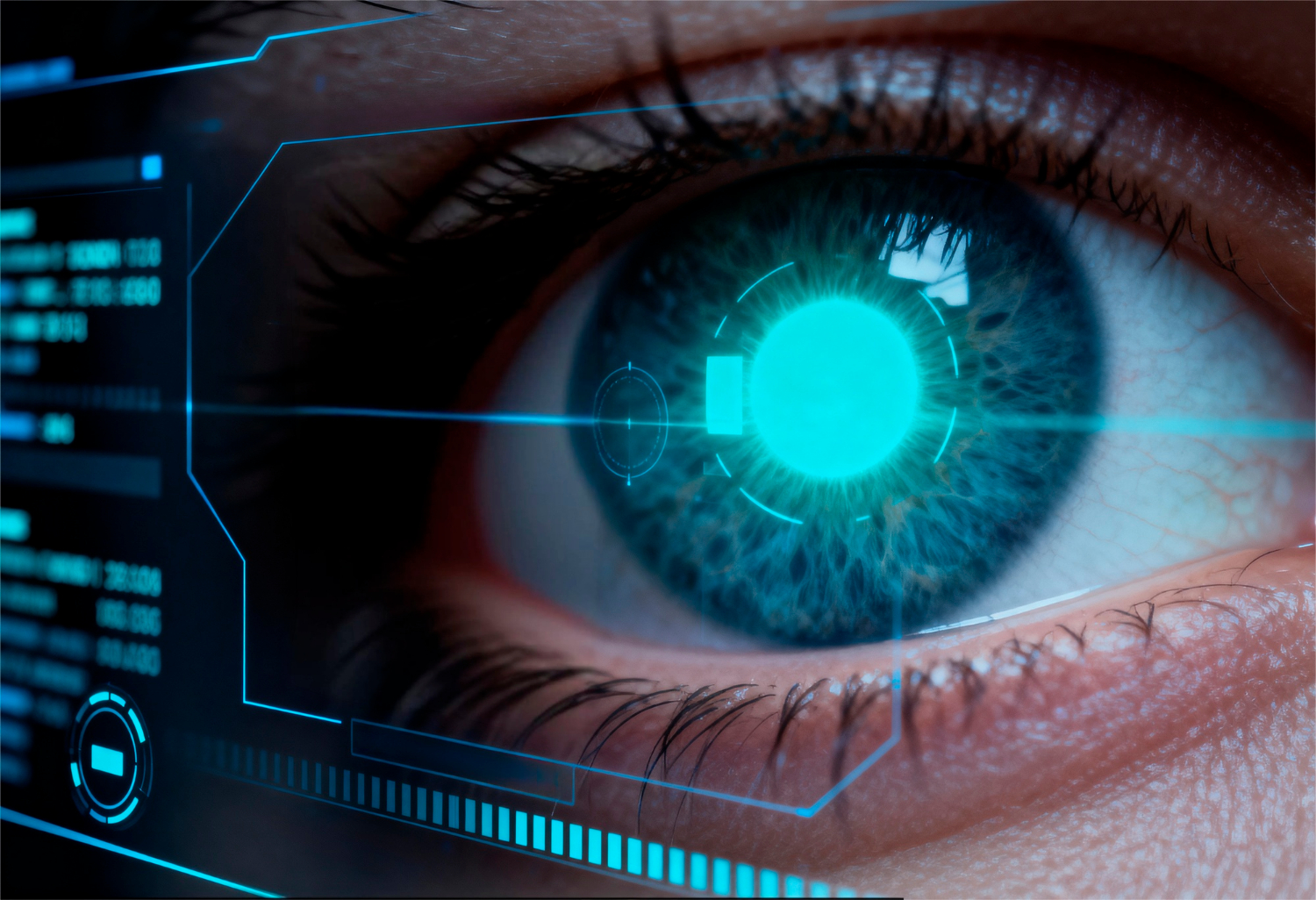Introduction
Clinical genetics has always faced a central challenge: interpreting the results of genetic studies within the context of a patient’s clinical situation. Sequencing technologies generate vast amounts of information, but the meaning of many variants remains unclear. Doctors need to decide which mutations matter, which are harmless, and which need follow-up testing. That process requires time, knowledge, and interpretation skills that exceed human limits.
This is where artificial intelligence (AI) enters the picture. AI can manage large amounts of data, search for complex patterns, and provide decision support. It does not replace geneticists but enhances their ability to make informed judgments. With advances in machine learning, deep neural networks, and generative AI, clinical genetics is entering a new stage of practice.
Why Clinical Genetics Needs AI
Genetic testing produces information that goes far beyond what a single specialist can process alone. Whole-genome sequencing, exome sequencing, and gene panels create massive data sets. Each sequence may include millions of variants, many of which have unknown effects.
Traditional methods of variant classification rely on manual review, published studies, and expert consensus. These methods are accurate but time consuming. Patients often wait weeks or months for a final report. In conditions where treatment decisions depend on fast diagnosis, delays can harm outcomes.
AI reduces that bottleneck. It processes results in real time, filtering variants based on evidence and predicting likely disease associations. By combining genetic information with clinical records, AI tools generate context-sensitive insights that speed up interpretation.
How AI Works in Genetic Variant Analysis
AI systems for clinical genetics use a wide range of techniques. Large language models (LLMs) read research papers, guidelines, and clinical notes. Natural language processing (NLP) extracts meaning from unstructured text, linking mutations to known genetic disorders.
Neural networks learn from past cases, finding complex patterns in variant behaviour. A deep neural network can identify hidden layer relationships between different variants, genes, and clinical phenotypes. These connections often remain invisible to human experts, but AI can highlight them.
Generative AI even creates hypotheses about variant effects by simulating potential protein changes. It can generate predictions on how a mutation alters structure and function. While not perfect, these models give geneticists a starting point for deeper investigation.
Read more: Top Biotechnology Innovations Driving Industry R&D
Large Amounts of Data and Computer Power
One reason clinical genetics is suited for AI is the volume of information it generates. Genetic testing produces terabytes of digital records every year. Managing such large amounts of data requires advanced computing power.
Graphics processing units (GPUs) make this possible. Originally designed for video rendering and driving cars in autonomous systems, GPUs are now central to AI in healthcare. They allow learning models to process sequences quickly, making real time interpretation a reality.
Without GPUs and high-performance computing, the speed of modern genetic interpretation would stall. With them, AI can test thousands of possible variant effects in seconds.
Clinical Genetics Use Cases
Diagnosing Rare Genetic Disorders
Patients with rare diseases often face a diagnostic journey lasting years. AI can shorten that process by comparing patient data against large databases of known genetic disorders. Neural networks classify variants by their likelihood of causing disease. This narrows the focus for geneticists, saving time and reducing uncertainty.
Pharmacogenomics
AI assists in predicting how patients respond to medication. Genetic variants influence how drugs are metabolised. By analysing patterns across thousands of cases, AI suggests whether a patient will benefit from or risk adverse effects from a specific drug.
Family Screening
Genetic risks do not affect individuals alone. Families may share pathogenic variants. AI tracks inheritance patterns across relatives, offering doctors clear recommendations for who else may need testing.
Cancer Genomics
Tumours carry mutations that guide treatment choices. Deep learning model systems classify somatic variants in cancer cells, supporting precision medicine strategies. Doctors can select therapies that target specific mutations with greater accuracy.
Read more: 3D Models Driving Advances in Modern Biotechnology
The Role of LLMs and NLP
A major challenge in clinical genetics is linking new variants to existing knowledge. Much of that knowledge exists in journals, case reports, and guidelines. Reading through this manually is not possible at scale.
Large language models, trained on wide ranges of medical literature, summarise findings. NLP tools extract relevant sentences from thousands of pages. If a variant appears in a paper connecting it to a genetic disorder, the AI agent flags it.
This ability to understand human languages and extract meaning makes LLMs essential. They provide geneticists with up-to-date summaries, reducing the burden of information overload.
Read more: NLP vs Generative AI: Key Differences and Connections
Computer Vision in Clinical Genetics
While genetics focuses on sequences, computer vision also plays a part. Doctors often use images or video in diagnostic work, such as scans of chromosomes or histology slides. Computer vision algorithms detect anomalies, segment images, and highlight features.
In tissue samples, AI can classify objects such as abnormal cells, linking them with genetic variants. By connecting digital images to molecular data, AI creates a more complete diagnostic picture.
Understanding Complex Patterns
Genetic data rarely shows simple one-to-one connections. A single mutation may have different effects depending on environment, other genes, or patient age. AI finds these complex patterns by analysing millions of cases.
For example, a neural network can link subtle changes across multiple genes to a higher risk of disease. By using hidden layer structures, it recognises relationships too complicated for human reasoning. This improves accuracy in identifying patients at risk.
Read more: AI in Biotechnology: Nature in the Palm of our Hands
Real-Time Decision Support
Real-time analysis is critical in clinical settings. When a newborn shows signs of a genetic disorder, doctors cannot wait weeks for answers. AI provides real time support by screening genetic data instantly.
Decision support systems highlight the most probable causes. They do not give the final answer but point clinicians toward a clear course of action. In emergencies, that speed saves lives.
Generative AI for Hypothesis Building
Generative AI adds another layer to interpretation. Instead of only classifying variants, it creates potential models of how a mutation affects protein folding or cell behaviour.
For instance, if a variant in a gene may disrupt enzyme function, generative AI predicts structural changes. While further testing is required, the generated model directs scientists where to look.
This type of hypothesis building expands the problem solving capacity of clinical genetics. It creates new ideas that specialists can validate in the lab.
Challenges in AI for Clinical Genetics
Despite its benefits, AI in clinical genetics is not free of challenges. Models trained on biased data sets may misclassify variants. If most training data comes from one population, predictions for other groups may be less reliable.
Another issue lies in interpretability. Deep neural networks make decisions through complex hidden layer structures. While results may be accurate, explaining them to patients and doctors is harder. Transparency in model outputs is essential for trust.
There are also legal and ethical questions. Who is responsible if an AI tool suggests a wrong interpretation? Regulators and institutions need frameworks for safe use.
Read more: AI in Biotechnology: A Game Changer for Innovation
The Human Role in an AI-Driven Process
Even with advanced AI tools, geneticists remain central. AI can perform tasks like filtering variants, recognising text, or highlighting risks. But it cannot replace human judgment. Doctors understand the clinical situation, patient history, and family context.
AI supports, but does not decide. The best results come when humans and machines work together, combining human intelligence with computer power.
Integration with Clinical Workflows
AI in clinical genetics must fit seamlessly into established clinical workflows. Doctors cannot spend additional hours adjusting to new interfaces or switching between multiple platforms. Integration ensures that variant analysis results, patient histories, and laboratory findings converge in one dashboard. This centralisation reduces fragmented information handling and supports continuous review.
The effectiveness of AI-driven systems depends on interoperability. Hospitals run diverse software stacks that manage patient records, laboratory outputs, and imaging files. AI solutions need to pull from these sources without disrupting existing operations.
When systems integrate smoothly, clinical teams access a unified view that combines sequencing data with phenotype details and relevant publications. That coherence shortens decision cycles and creates a structured basis for multidisciplinary meetings.
Education and Training for Clinical Teams
AI systems in genetics require informed human oversight. Clinicians, genetic counsellors, and laboratory scientists must understand both the benefits and limits of AI-based recommendations. Continuous education programs provide clarity on how machine learning models function, what assumptions underlie neural networks, and how generative AI outputs should be interpreted.
Training also extends to data handling practices. Large amounts of data flow through these systems, and staff must maintain rigorous standards of privacy and security. Understanding how graphics processing units accelerate model outputs, or how hidden layer structures in deep neural networks shape predictions, equips teams with realistic expectations. Rather than depending blindly on an AI agent, professionals evaluate outputs with clinical judgment.

Ethical and Regulatory Considerations
Genetic interpretation influences life-changing decisions. AI tools must operate within a regulatory framework that protects patients from misclassification and ensures accountability. In the United States, agencies such as the Food and Drug Administration and professional boards define standards for validation. Comparable institutions in Europe and other regions establish their own guidelines.
Ethical oversight matters because AI-driven predictions may not always align with real world outcomes. A misinterpreted variant can lead to unnecessary treatment, or missed diagnosis in genetic disorders. Transparency in model development, validation on diverse populations, and audit trails in decision support systems help reduce risks. These safeguards create trust among patients and clinicians, allowing broader adoption of AI in clinical genetics.
Collaboration Between Research and Clinical Practice
The relationship between research institutions and clinical practice defines how quickly AI tools mature. Basic science advances in neural networks, deep neural network architectures, and large language models flow into clinical settings only when partnerships exist. Hospitals benefit when they participate in ongoing trials that validate new learning models on real patient cases.
Conversely, clinicians provide feedback that guides researchers toward practical improvements. For example, reports must remain concise and clinically actionable rather than flooded with raw statistics. A collaborative loop ensures that AI systems adapt not just to theoretical datasets but to complex patterns found in everyday practice. By closing this gap, clinical genetics gains tools that truly support patient care.
Read more: AI-Enabled Medical Devices for Smarter Healthcare
Long-Term Outlook
The integration of AI into clinical genetics is not a temporary trend but a structural shift. As sequencing becomes cheaper and more patients undergo genetic testing, the demand for rapid interpretation will grow. Only AI-based systems can manage the required scale. Over time, the role of AI will extend beyond genetic disorders into preventive care, risk assessment, and population health strategies.
With improvements in computing power, including new generations of GPUs, AI agents will analyse wider datasets that incorporate environmental exposure, lifestyle factors, and family histories. That broader context allows clinical teams to see beyond isolated mutations and address health outcomes more comprehensively. The long-term outlook points toward a clinical genetics field shaped by continuous collaboration between human expertise and advanced machine learning.
Broader Impacts of AI in Clinical Genetics
The impact of AI in clinical genetics goes beyond variant interpretation. It contributes to better patient counselling, faster treatments, and improved family planning. Hospitals gain efficiency by reducing time consuming manual work. Patients gain by receiving answers faster.
By improving outcomes in genetic disorders, AI reduces long-term healthcare costs. Early diagnosis prevents complications and directs patients to effective treatments sooner.
Looking Ahead: The Future of AI in Genetics
As technology advances, AI’s role in clinical genetics will expand. New learning models will process wider data sets, including epigenetic markers and environmental factors. Integration with electronic health records will make real time interpretation part of everyday care.
Generative AI, LLMs, and NLP will continue to read and summarise the growing literature. Deep learning models will identify even more complex patterns. Computer vision will merge with genetic data for richer diagnostics.
The future will not replace doctors but equip them with powerful ai tools that continuously improve.
How TechnoLynx Can Help
At TechnoLynx, we design advanced solutions that support clinical genetics with AI. Our systems combine neural networks, large language models, and computer vision tools to handle the complexity of genetic data. We integrate deep learning model architectures that identify variants, classify objects, and process large amounts of data in real time.
We work with hospitals, biotechnology firms, and research institutions to tailor solutions for specific needs. From genetic disorders diagnosis to decision support, our technology provides valuable insights that improve patient outcomes.
By partnering with TechnoLynx, organisations gain access to proven AI systems that enhance clinical genetics interpretation while maintaining accuracy, transparency, and trust. Contact us now to start collaborating!



